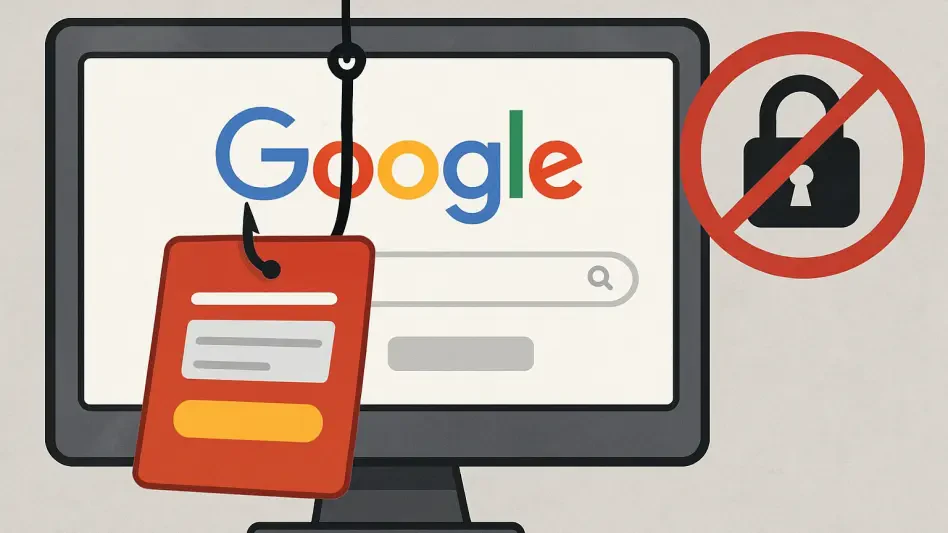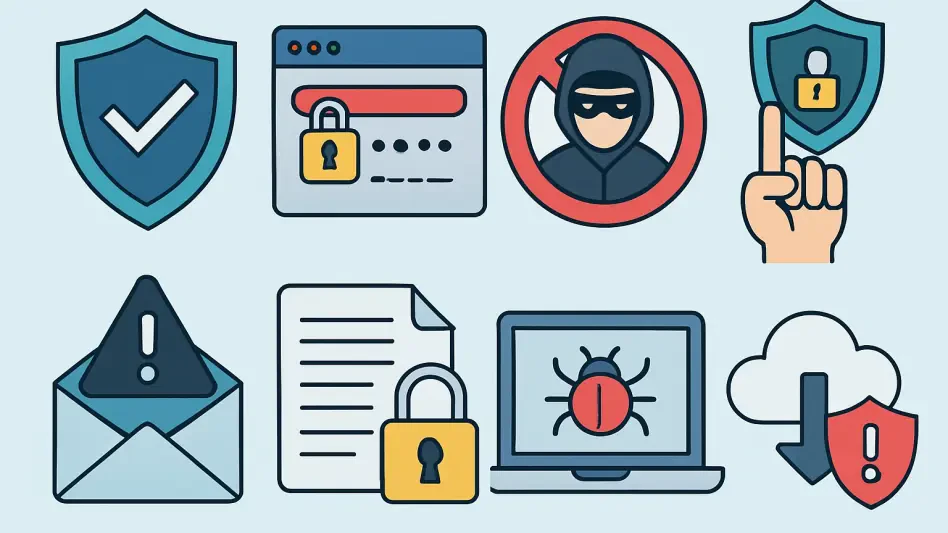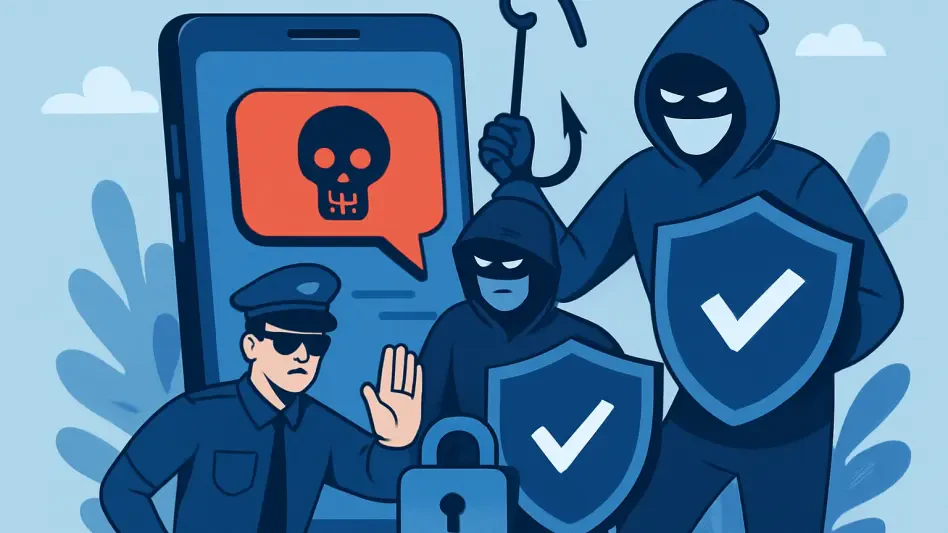In a worrying digital age where cyber threats continually evolve, a recent phishing scam targeting state Departments of Motor Vehicles (DMVs) has sparked concern nationwide. This sophisticated campaign, which surfaced in the spring of 2025, deploys deceptive SMS messages and bogus websites to deceive countless Americans into revealing their sensitive personal information. The fraud operates under the guise of urgent messages from local authorities, leveraging public trust to exploit vulnerabilities.
Anatomy of the Phishing Scam
Deceptive Messages and Fake Websites
The phishing operation begins with fraudulent text messages that seemingly originate from state DMVs, alerting recipients about fictional issues such as unpaid toll violations or impending license suspensions. These messages exude urgency, urging recipients to act swiftly by following embedded links. Once clicked, these links redirect users to meticulously crafted clone websites that closely mimic the appearance and functionality of genuine DMV sites. These counterfeit sites are designed to extract personal information from unsuspecting users, requesting data like full names, addresses, emails, phone numbers, and even credit card details, all while presenting payment requests typically under seven dollars.
The genuine dangers lie in the extensive data collection these sites perform, which can later facilitate more severe identity theft or financial fraud. The mimicry is so precise that even tech-savvy individuals might be momentarily fooled, underscoring the campaign’s sophistication. This illustrates the necessity of public awareness about distinguishing legitimate communications from potential threats.
Technical Infrastructure and Spread
The underlying infrastructure of this phishing scheme reveals a level of sophistication not typically observed in random cyberattacks. The bogus DMV websites follow a formulaic URL pattern that mirrors legitimate DMV sites, and many of them are hosted under a single IP address, 49.51.75162, notorious for supporting illicit activities. Importantly, this campaign does not limit its focus to one area; states with large populations, such as California, Texas, New York, and Florida, are primary targets. However, the scam also extends to Georgia, New Jersey, and Pennsylvania, indicating the broad reach and ambition of the perpetrators.
Furthermore, the phishing kit employed in this campaign is consistent across all operations, utilizing identical JavaScript, CSS, and image files. This uniformity points to a centralized and coordinated development effort, rather than disparate local attempts. Such consistency in attack indicates a well-organized group possibly operating on an international scale, rather than isolated copycats. This level of coordination intensifies the need for heightened vigilance and robust cybersecurity measures across the board.
Investigation and Attribution
Possible Origins and Perpetrators
Check Point researchers have delved into the origins of this phishing operation, suggesting that a threat actor based in China might be orchestrating these attacks. The clues leading to this hypothesis are compelling. Shared name servers from a prominent Chinese provider, alidns.com, and a SOA contact email linked to hichina.com have raised red flags. Additionally, comments found within the source code of the phishing kit, written in Chinese, and parallels to the “Lighthouse” toolkit previously associated with the Smishing Triad—a group known for targeting US DMVs—further strengthen this attribution hypothesis.
These technical indicators suggest that the attack is not only well-organized but also leverages specific tools previously used in similar campaigns. The involvement of a potentially state-sponsored or highly sophisticated criminal group highlights the increasing complexity and international scope of modern cyber threats. Secure infrastructures and global cooperation are now paramount in effectively countering such advanced threats.
Impact and Official Responses
This widespread scam ranks among the largest smishing campaigns in recent US history, with the FBI’s Internet Crime Complaint Center (IC3) receiving over 2,000 complaints within a month of the scam’s discovery. However, cybersecurity experts suspect that the actual number of victims could be considerably higher, as some individuals might have disregarded the messages without realizing their significance. The lack of immediate financial damage likely contributed to underreporting, as recipients might not have perceived the low monetary requests as a real threat.
The media spotlight, including prominent features by major news networks, propelled state officials to take swift action. DMV and Department of Transportation websites in various states have since issued public warnings, emphasizing that toll-related communications are never conducted via unsolicited text messages. State authorities are urging potential victims to promptly report these scams and recommend all users verify communications through official, direct channels. This proactive stance is crucial in mitigating damage and preventing future incidents, highlighting the importance of immediate and transparent communication from official entities.
Mitigating the Threat and Ensuring Public Safety
Practical Defenses Against Phishing Scams
Given the complex nature of these phishing campaigns, the public must adopt robust defense mechanisms to safeguard themselves against potential scams. One effective measure is blocking domain extensions known for frequent abuse, which can prevent access to many malicious sites. Individuals are encouraged to familiarize themselves with the authentic channels through which DMVs and similar authorities communicate and to frequently verify any suspicious messages by visiting official websites directly, rather than interacting with links embedded in texts or emails.
Public vigilance is key to combating such scams. Users should be wary of unexpected messages prompting urgent action or containing links to external sites, and they should report any suspicious communication to appropriate authorities. By staying informed and alert, and through cooperation with agencies and organizations dedicated to cybersecurity, individuals can better protect themselves against these pervasive threats.
The Role of Ongoing Education and Awareness
In today’s digital age, where the nature of cyber threats is ever-changing, a disturbing new phishing scam has emerged, causing alarm across the United States. Specifically targeting state Departments of Motor Vehicles (DMVs), this sophisticated scam surfaced in the spring of 2025 and uses clever tactics to deceive many Americans. Fraudsters are sending out deceptive SMS messages and creating fake websites that closely resemble legitimate DMV pages. These tactics are designed to dupe unsuspecting individuals into sharing sensitive personal information, such as Social Security numbers, driver’s license details, and other private data. The scammers pose as local authorities or trusted entities, using the urgency of their messages to gain the trust of the public and manipulate them into falling victim to their scheme. As the sophistication of cybercrime continues to increase, it is more important than ever for individuals to be vigilant and discerning about the communications they receive, especially those claiming to be from official government entities.








